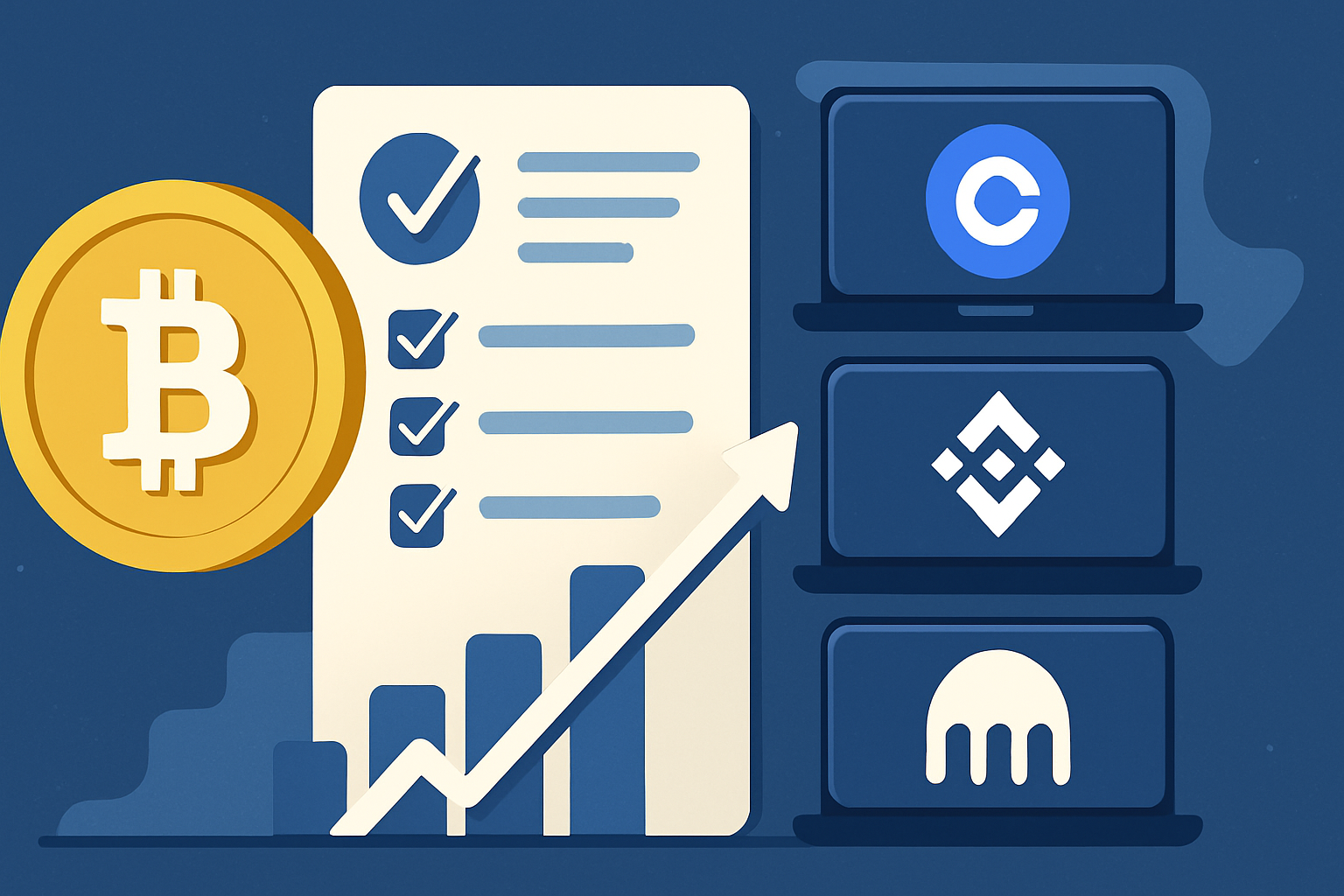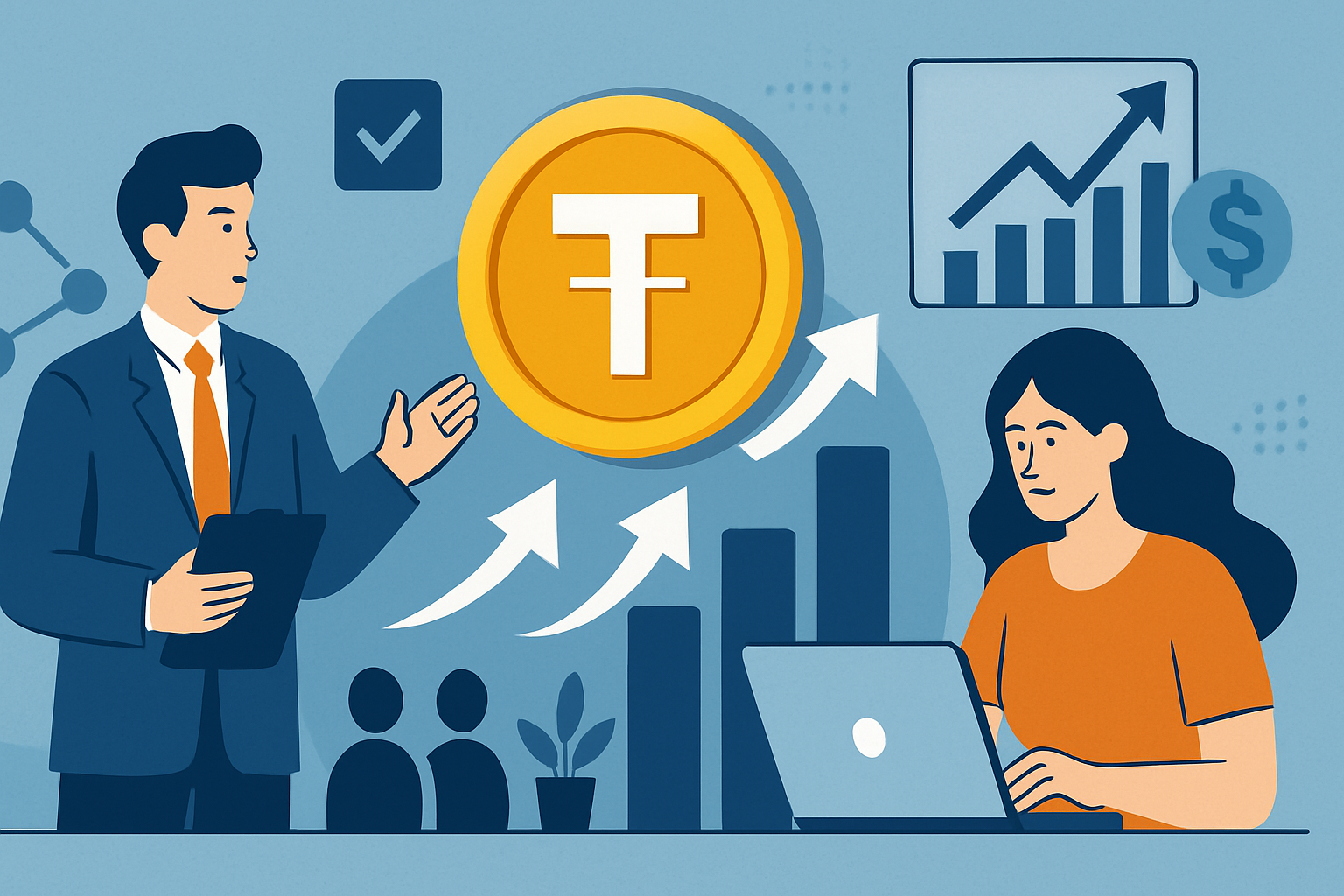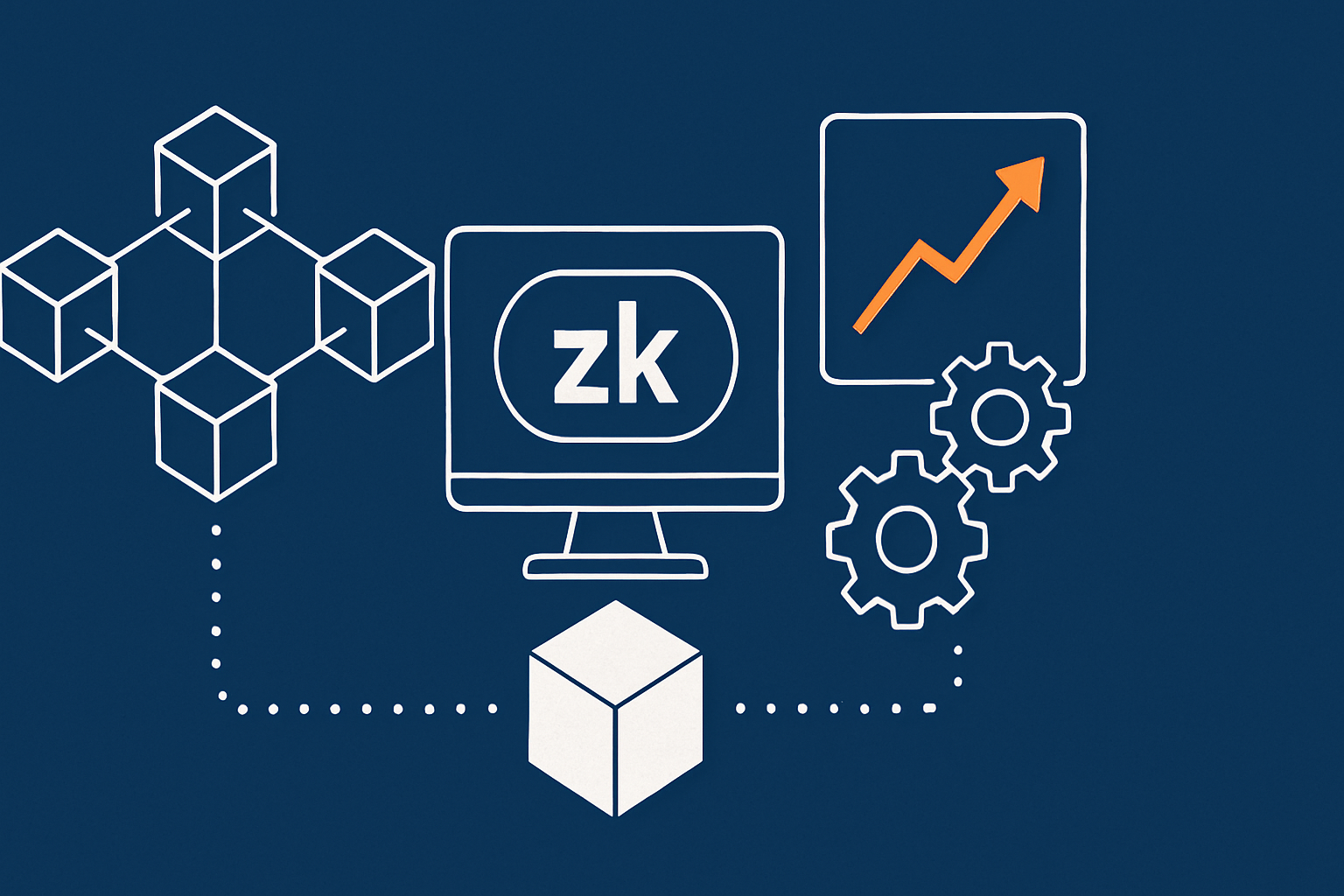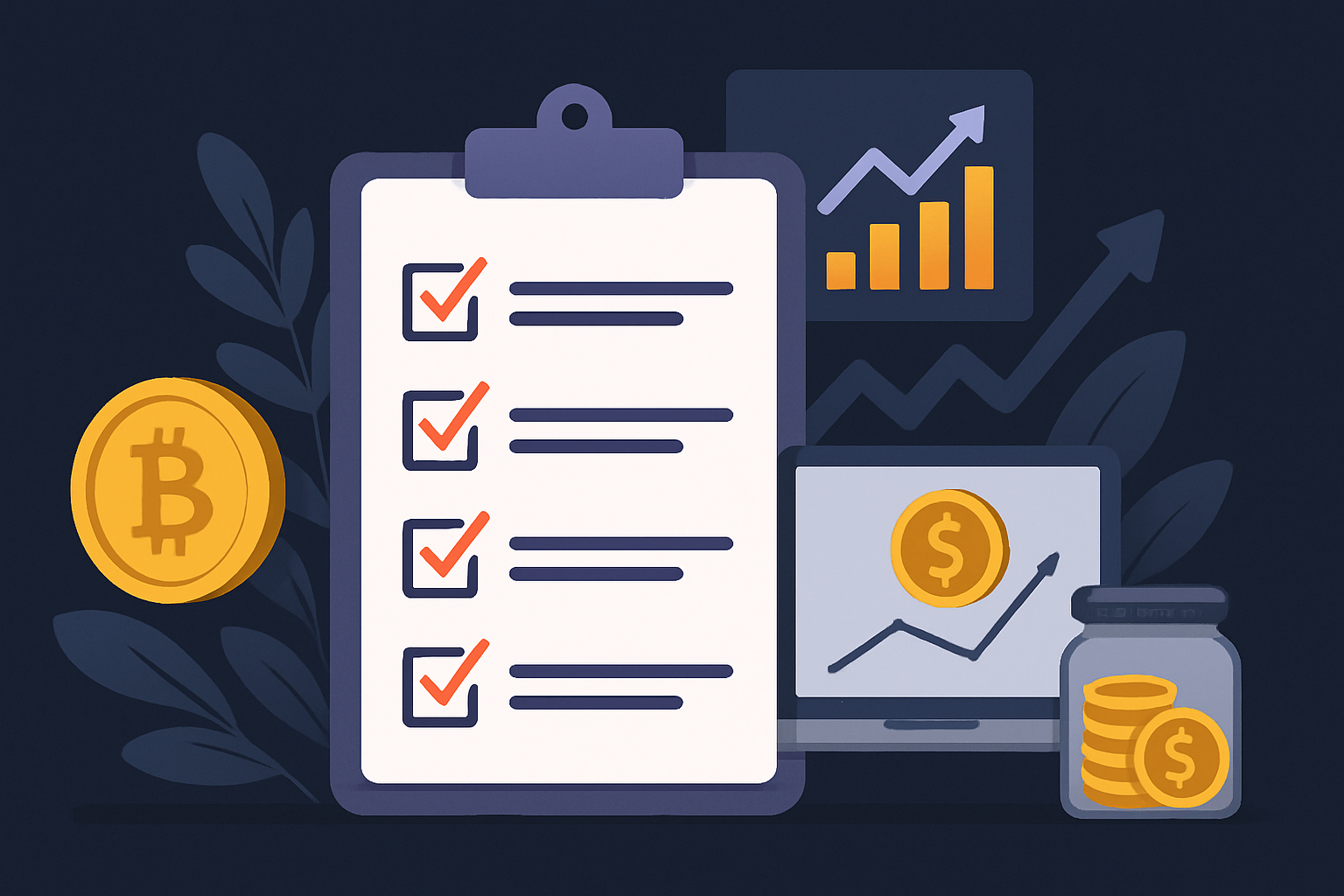The decentralized finance (DeFi) landscape has evolved rapidly since the explosive growth phase of 2020–2021. While early DeFi tokens primarily focused on high APYs and speculative value, the new wave of DeFi tokens in 2025 faces a far more complex challenge. Today’s protocols are expected to deliver sustainable liquidity, reliable yield, and meaningful governance all at once. Balancing these three elements has become the defining challenge for next-gen DeFi projects. Token design must now meet the needs of both yield-hungry investors and governance-minded users while maintaining deep and decentralized liquidity. This blog explores how leading projects in 2025 are meeting this challenge through innovative token models, smart incentives, and evolving DAO mechanics.
The Liquidity Conundrum: Beyond TVL Metrics
Liquidity remains the lifeblood of DeFi, but its meaning and measurement have matured. Total Value Locked (TVL), once a primary success metric, now only tells part of the story. Projects in 2025 focus more on productive liquidity capital that is actively generating value, not just parked in vaults or pools. Many next-gen protocols are integrating dynamic liquidity provisioning mechanisms such as concentrated liquidity and programmable bonding curves to ensure liquidity is aligned with demand. Instead of over-incentivizing liquidity with unsustainable token emissions, newer models leverage real-yield mechanisms and revenue-sharing strategies to attract long-term capital. Protocols are also partnering with liquidity-as-a-service platforms and cross-chain aggregators to ensure global access to liquidity across rollups, L2s, and alternative L1s.
Rethinking Yield: From Speculation to Sustainability
Yield in DeFi token has come a long way from the early days of unsustainable farming incentives. In 2025, yield is increasingly backed by real revenue streams, such as trading fees, staking fees, liquidation penalties, or even tokenized real-world assets. Protocols like GMX, Pendle, and EigenLayer helped pave the way by showing that sustainable yield does not have to come at the cost of inflation. Next-gen tokens are now incorporating modular reward systems that adapt based on protocol performance. This avoids the trap of inflationary emissions while still offering competitive returns to users. Token holders are also being rewarded for long-term commitment via time-locked staking and ve-token mechanisms, where yield is amplified by staking duration and governance participation. This fusion of yield with governance encourages alignment between users and protocol objectives.
Governance as Utility: From Passive Voting to Active Coordination
Governance used to be seen as an afterthought—something for whales and insiders to influence behind the scenes. In 2025, the role of governance has transformed dramatically. With the rise of more sophisticated DAOs and modular governance frameworks, token holders are now more actively engaged in shaping protocol direction. Next-gen DeFi tokens are embedding governance deeply into the user experience, making it frictionless and rewarding. Projects are using quadratic voting, reputation scores, and delegation to make governance more accessible and effective. Real utility is now derived from governance participation—users can influence yield distribution, determine new collateral types, or vote on ecosystem grants. This makes governance a tangible value proposition for holding and staking a token, not just a symbolic perk.
Innovative Tokenomics: Designing for All Three Pillars
To successfully balance liquidity, yield, and governance, next-gen DeFi projects are embracing hybrid tokenomics frameworks. These systems are designed with reflexivity in mind, allowing the behavior of one mechanism to strengthen the others. For example, protocols may use governance votes to determine how much yield is allocated to different liquidity pools, creating a direct feedback loop between governance participation and liquidity incentives. Others implement rebasing or elastic supply mechanisms to adjust token supply in response to liquidity stress or protocol profitability. Many are adopting dual-token or multi-token models, where one token handles governance and value accrual while another facilitates liquidity or acts as a stable medium of exchange. This separation of concerns allows for greater flexibility and composability while minimizing conflicting incentives.
Interoperability and Composability: Powering the New Liquidity Layer
As DeFi protocols become more modular and multi-chain, next-gen tokens must be designed for interoperability from day one. Liquidity is no longer siloed within individual protocols or chains. Tokens are being built with cross-chain bridges, wrapped assets, and native rollup support to maximize utility across ecosystems. This enhances liquidity and yield opportunities for users while enabling governance that spans multiple environments. Moreover, composability is allowing tokens to serve multiple roles simultaneously. A token might be used as collateral in lending markets, staked in a yield aggregator, and used for voting in governance—all without leaving the user’s wallet. These composable token flows are making DeFi more fluid, interconnected, and capital efficient than ever before.
DAO-Driven Incentive Design: A New Approach to Token Distribution
One of the most notable shifts in 2025 is the DAO-first approach to token allocation and incentive design. Instead of fixed tokenomics set by founding teams, many protocols now allow their DAOs to iteratively shape emissions, distribution schedules, and incentive targets. Dynamic incentive controllers driven by governance or smart contract-based AI agents are optimizing for real-time feedback, aligning liquidity and yield incentives with protocol needs. Protocols are also introducing "adaptive tokenomics" that respond to market conditions—if liquidity dries up or yield targets aren't met, the DAO can vote to adjust emissions or treasury spending accordingly. This adaptive design empowers communities to evolve their tokenomics in line with shifting demand, preventing stagnation and maximizing capital efficiency.
Case Studies: Real-World Implementations in 2025
Projects like Curve, Balancer, and Aura were among the first to experiment with governance-weighted yield and bribe markets. Their influence has persisted, but new players have taken the model further. For instance, Redacted Cartel has expanded its meta-governance ecosystem by acquiring voting power across multiple protocols, giving it unmatched influence in liquidity distribution decisions. Meanwhile, Lido DAO has transitioned into a modular governance framework that allows stakers to shape both validator selection and yield strategies. Pendle Finance continues to lead in yield tokenization, allowing users to trade fixed yield and speculate on future yield—bringing unprecedented flexibility. These projects are all showcasing different methods for aligning liquidity, yield, and governance without relying on one-size-fits-all token models.
The Role of Real-World Assets in Balancing Yield and Liquidity
One major development in 2025 is the deepening integration of real-world assets (RWAs) into DeFi. Tokenized treasury bills, real estate, and invoice-backed lending are offering stable, predictable yields while expanding the base of capital available to DeFi protocols. These assets bring credibility and reduce volatility, attracting more conservative investors who previously avoided DeFi. Token designs that support both crypto-native and RWA-based yield sources are proving more resilient and diversified. Governance now plays a critical role in approving asset onboarding, whitelisting custodians, and auditing oracle feeds—making it a central piece in de-risking RWA exposure. This trend is helping DeFi evolve from speculative playground to a more balanced, institutionally compatible ecosystem.
Token Utility Beyond Speculation: Building Everyday Use Cases
For DeFi tokens to remain relevant and valuable, they must offer more than speculative upside. Many next-gen tokens are being integrated directly into products and workflows as payment mechanisms, collateral, staking requirements, or governance credentials. Whether it's using a token to pay gas fees on an L2, gain access to exclusive liquidity vaults, or participate in DAO working groups, utility is now embedded at multiple layers of the user journey. This utility reinforces holding behavior, which in turn deepens liquidity and governance participation. Some protocols are also enabling tokens to be used in real-world payment systems through off-ramp partnerships, further increasing utility and adoption.
Risks and Challenges in Multi-Objective Token Design
While the promise of balancing liquidity, yield, and governance is attractive, it doesn’t come without risks. Overengineering tokenomics can lead to complexity that deters users or makes outcomes hard to predict. Yield farming remains susceptible to mercenary capital if not designed thoughtfully. Governance participation can still be gamed by whales or passive voters unless properly moderated. Liquidity incentives can become ineffective in bear markets or in the face of aggressive competition. To mitigate these issues, many protocols are investing in robust audit systems, formal economic modeling, and continuous incentive simulations using AI agents. The goal is to move from reactive to predictive token design—anticipating market behavior rather than simply responding to it.
Conclusion:
In 2025, the most successful DeFi tokens are those that treat liquidity, yield, and governance not as isolated features but as interconnected pillars of a unified token system. Instead of over-prioritizing one objective at the expense of the others, next-gen protocols are using smart design and DAO coordination to balance these competing demands. By doing so, they are building resilient ecosystems that attract long-term capital, empower communities, and drive real value creation. As DeFi continues to mature and expand into new asset classes and user segments, token models that strike this balance will define the next phase of growth—and help shape a more inclusive, sustainable financial future.




















Write a comment ...